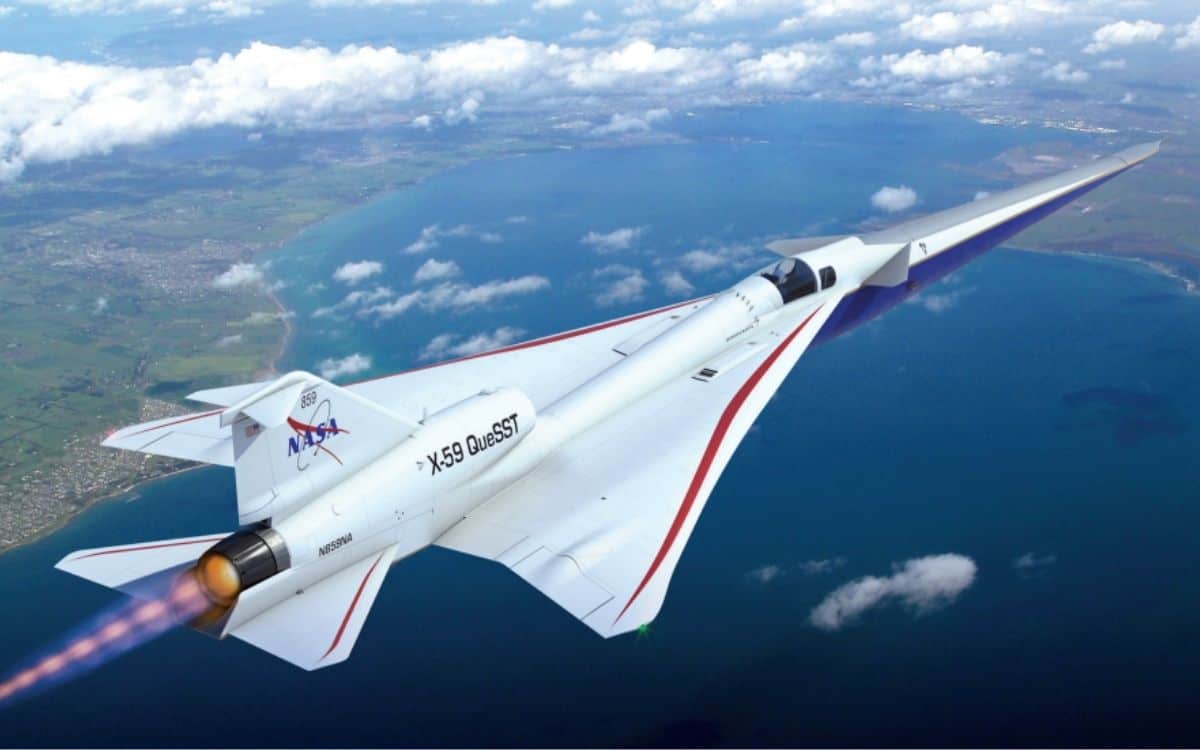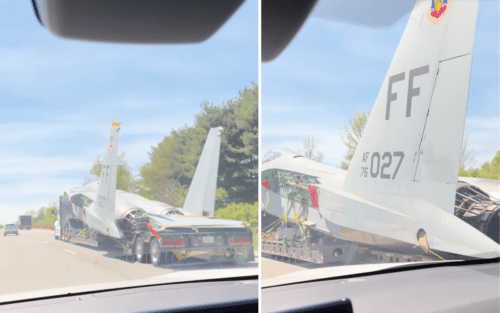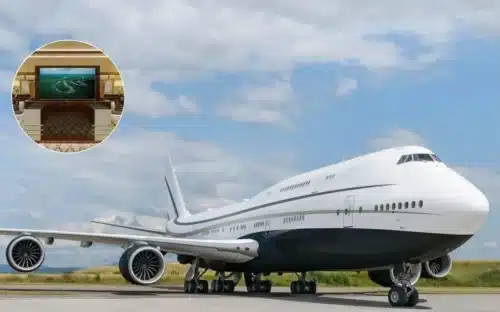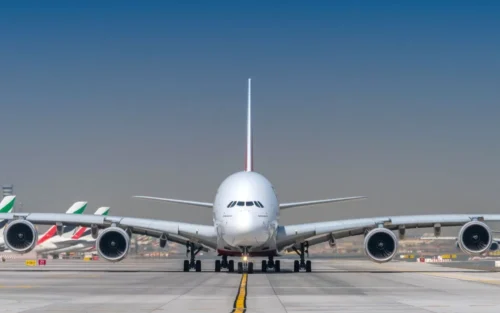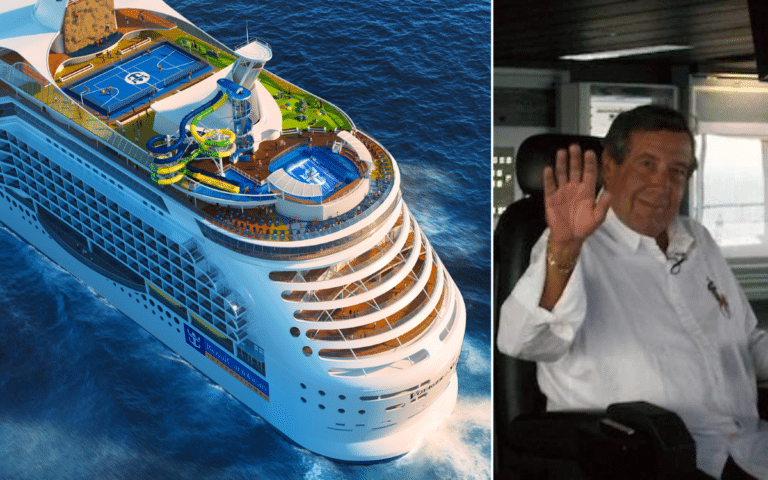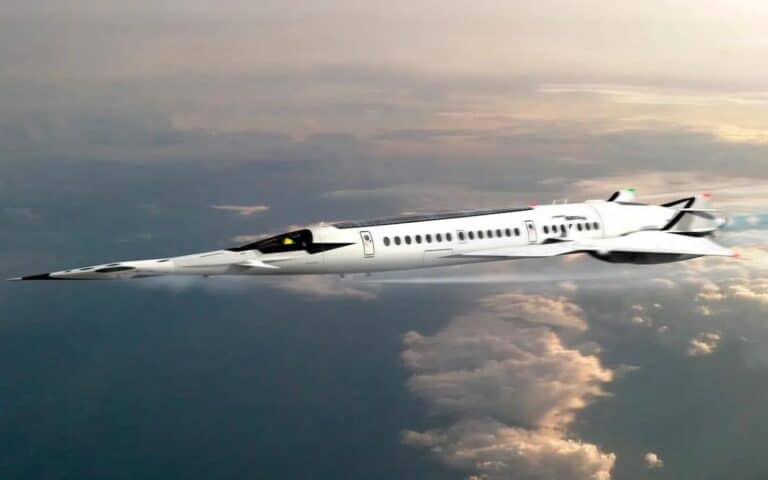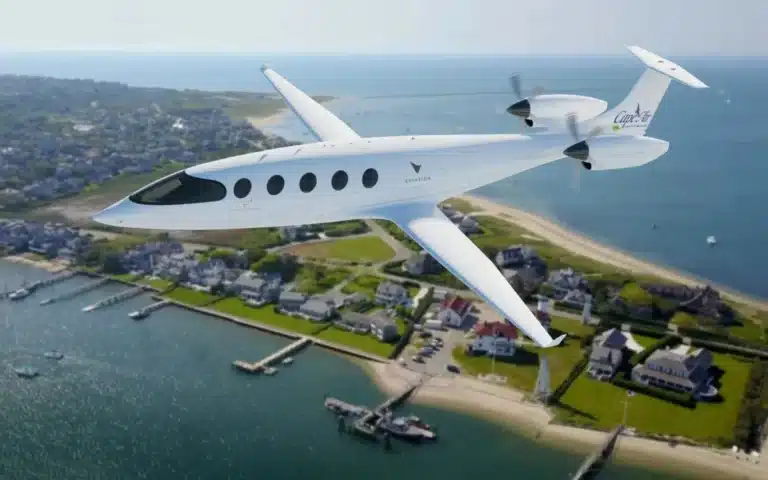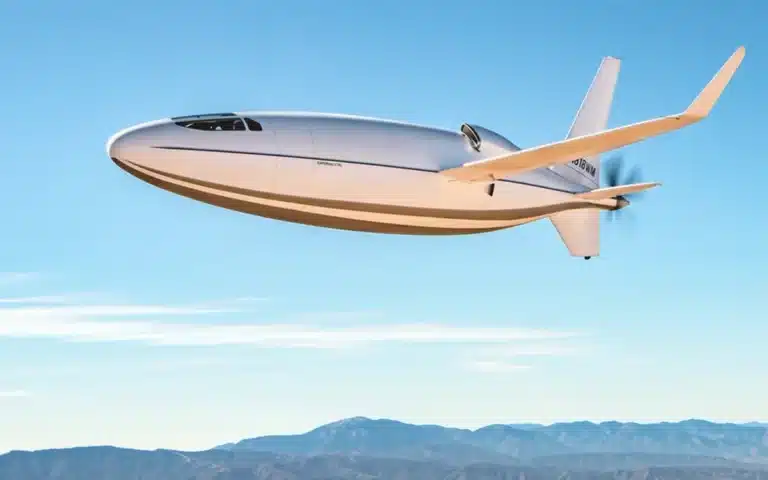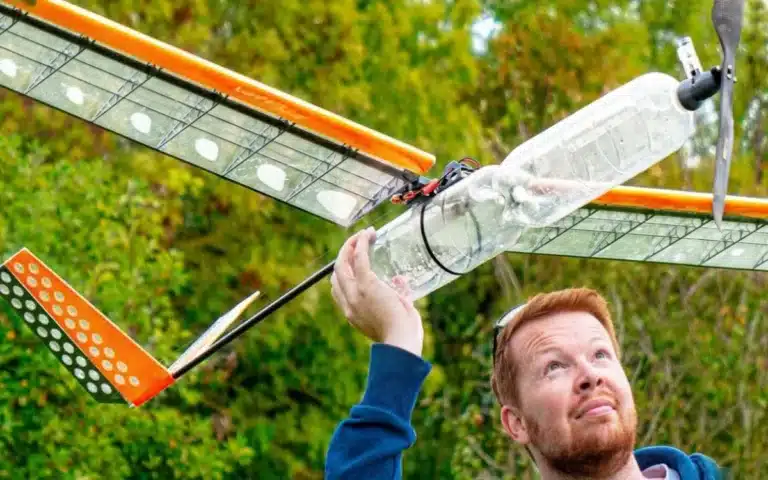NASA’s experimental X-59 will break the sound barrier without causing a thunderous sonic boom.
If everything goes to plan, the X-59 will bring back supersonic commercial flights – which are banned over land because of the insane noise they create.
The famous Concorde was only able to go supersonic over water on transoceanic flights because of the sonic boom it would make.
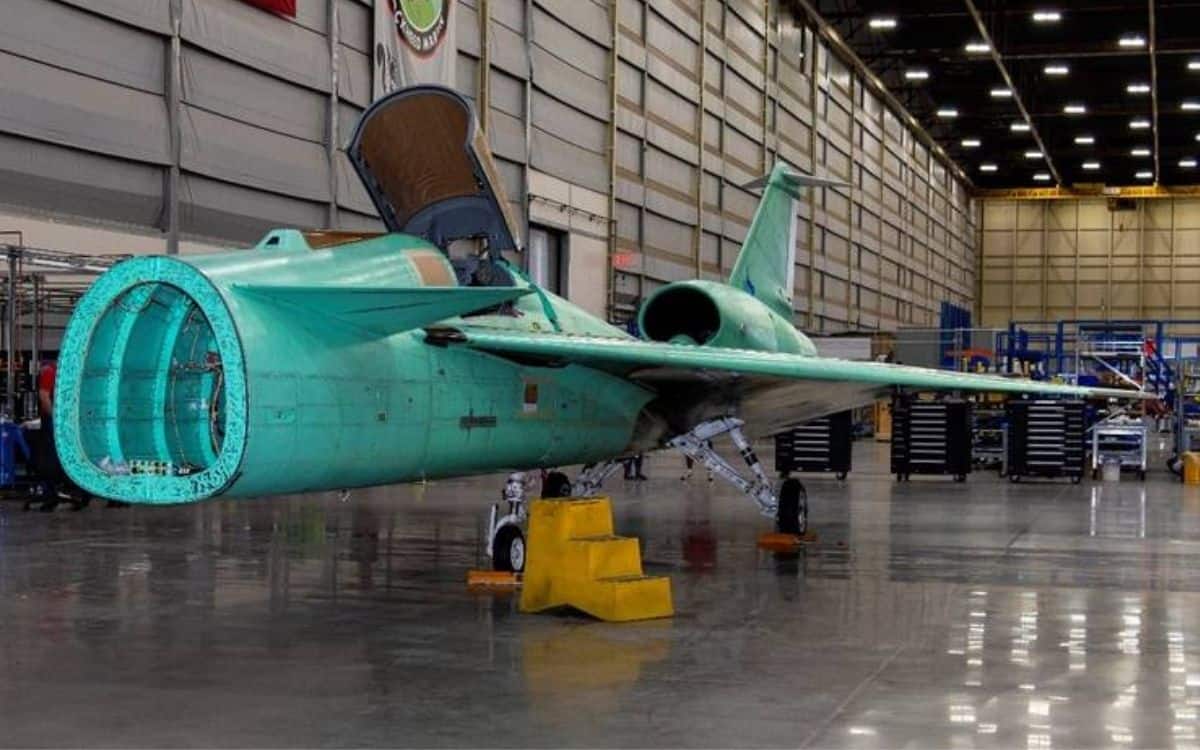
It was so fast it cut the flight time it takes to get from London to New York from eight hours down to three-and-a-half hours.
But when the Concorde fleet was grounded forever in 2003, ultra-fast commercial travel became a forgotten dream.
But NASA Quesst (that’s not a typo – the extra s is for “supersonic”) has created the X-59 – and the technology is unreal.
NASA says the X-59 will “dramatically reduce passenger air travel time” without being a burden to the people who live under flight paths.
The design of the aircraft means it can fly faster than sound, but it only makes a sonic “thump”.
CHECK THIS OUT!
NASA says people on the ground may not even hear the “thump” at all.
The project also involves Lockheed Martin’s Skunk Works in California.
Those are the maniacs who created the fastest plane ever – the SR-71 Blackbird.
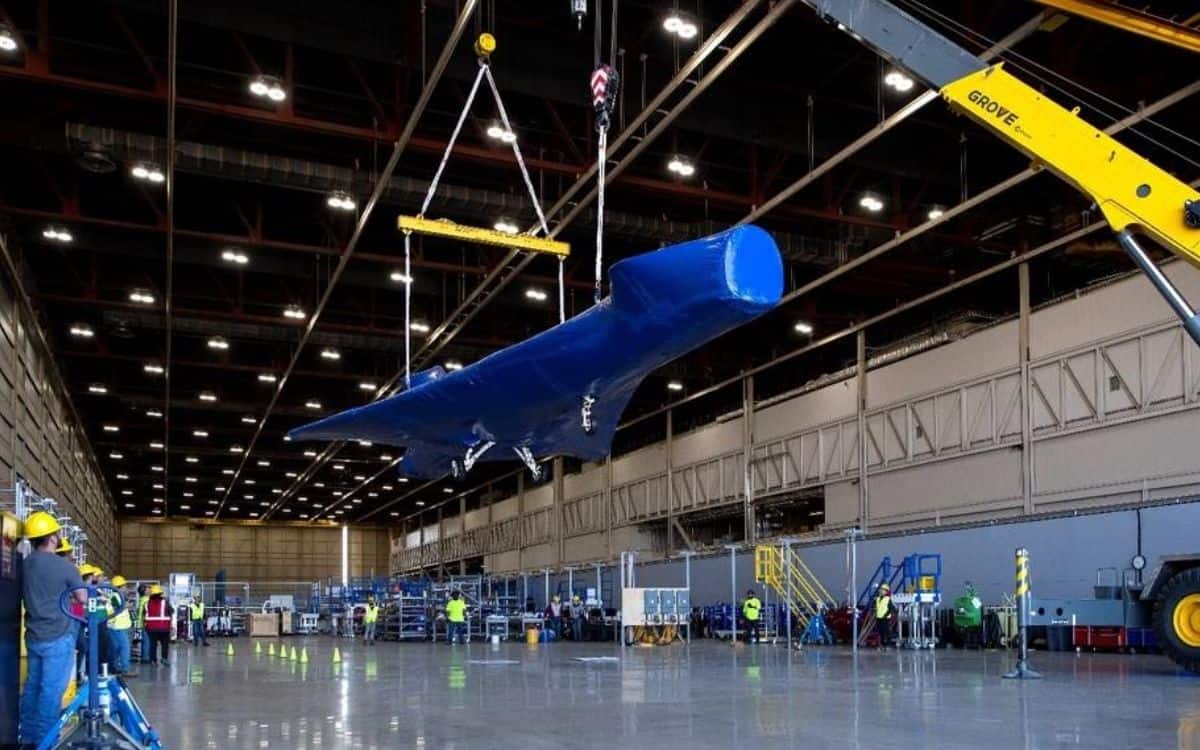
When will the X-59 fly?
Scientists have been testing a scaled-down model in a wind tunnel and it’s been working really well.
So well that the first flight for the real aircraft is planned for late 2022.
READ MORE: Luxury jet is a $260m ‘superyacht of the sky’ with its own motorcycle garage
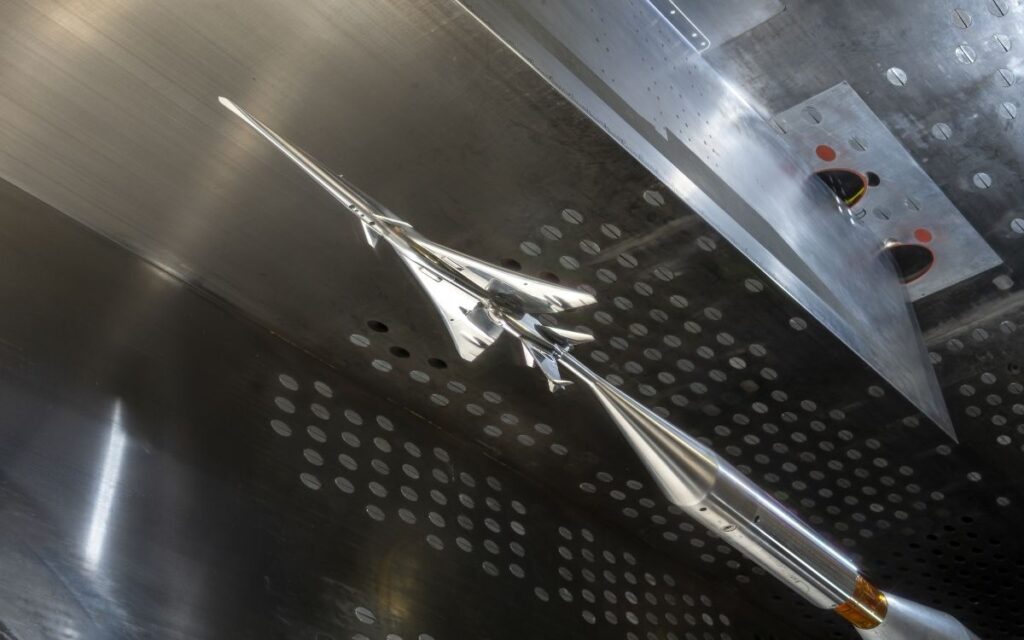
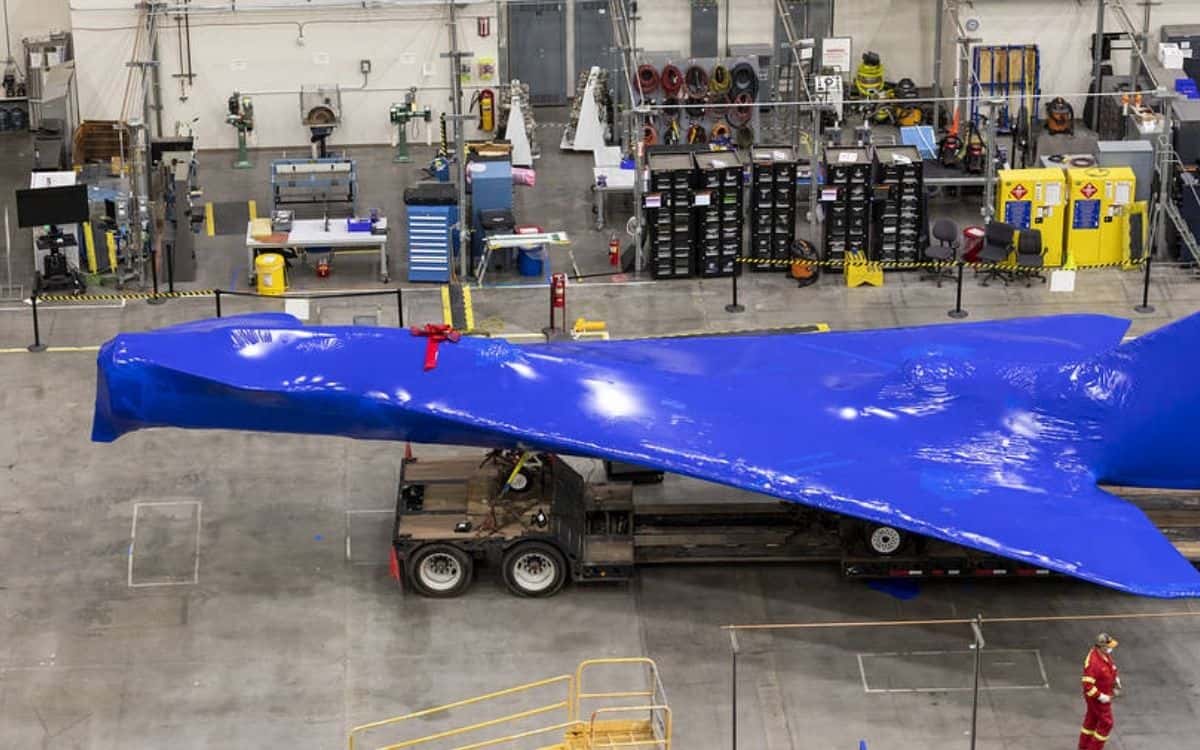
But before then, the NASA Quesst team need to do what’s called “ground testing”.
To do this the team has moved the X-59 from Lockheed Martin’s base in California to Texas.
The ground testing makes sure the aircraft can handle the loads and stresses it would face in a flight, there’s a lot of energy at play when you break the sound barrier.
READ MORE: Bombardier’s $78 million private jet can ‘BREAK the sound barrier’
The team will also test the fuel systems before the X-59 is shipped back to California for the finishing touches of the build.
Then in 2024, the X-59 will be flown over actual communities to test the sonic thump, and see how people react.
How does a sonic boom work?
When an aircraft breaks the sound barrier, shockwaves are created.
These shockwaves merge as they push away from the aircraft and that is what causes the massive noise known as a sonic boom.
You can hear the noise for kilometers on either side of the flight path.
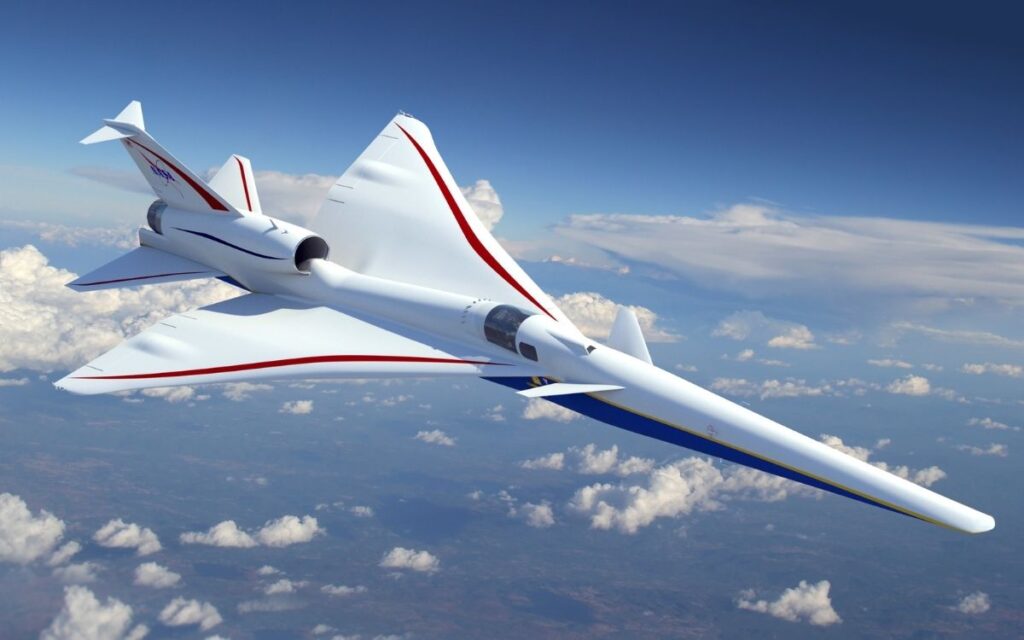
The X-59’s shape means the shockwaves still form, but they never merge together.
So you only get a “gentle” thump.
The specs of the X-59
- It’s a single-seat aircraft
- It will cruise at an altitude of 16,764m (55,000 ft)
- The cruise speed will be Mach 1.4 (1488km/h/ 925mph)
- The aircraft is 30.3m (99.ft) long
- The X-59 is 9m (29.5ft) wid
